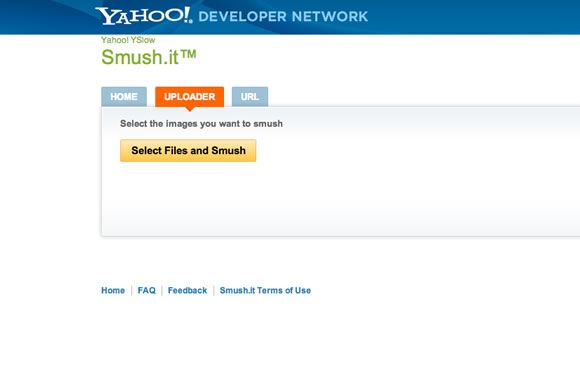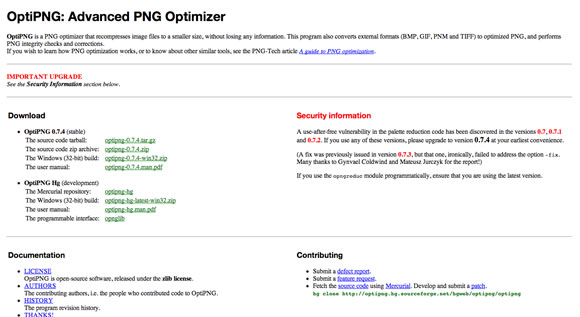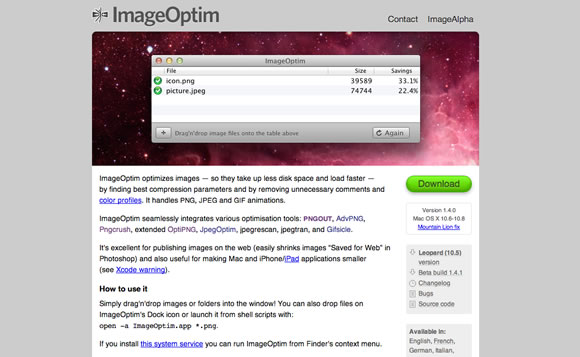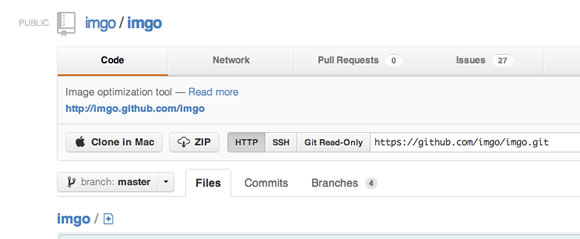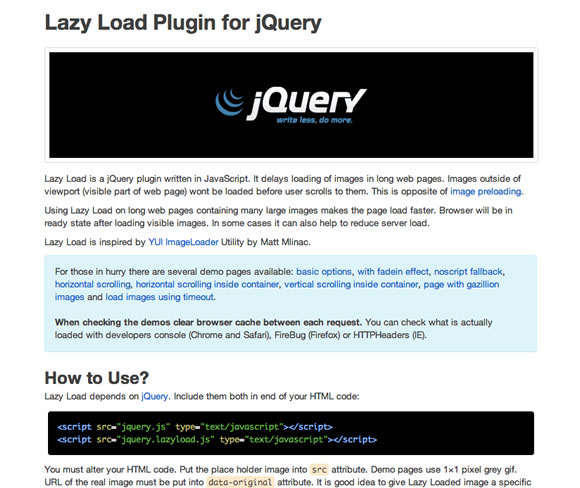Useful Tools
TinyPNG
Smush.it
Smush.it uses optimization techniques specific to image format to remove unnecessary bytes from image files.
OptiPNG
OptiPNG is a PNG optimizer that recompresses image files to a smaller size, without losing any information.
ImageOptim
ImageOptim optimizes images — so they take up less disk space and load faster — by finding best compression parameters and by removing unnecessary comments and color profiles. It handles PNG, JPEG and GIF animations.
CodeKit
CodeKit helps you build websites faster and better. And it also helps you optimizing images.
imgo
Image optimization tool.
jQuery Lazyload
jQuery plugin for lazy loading images.

